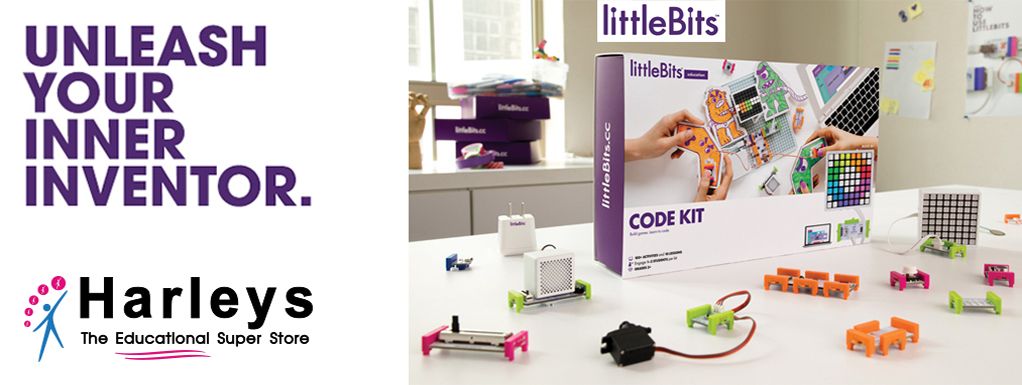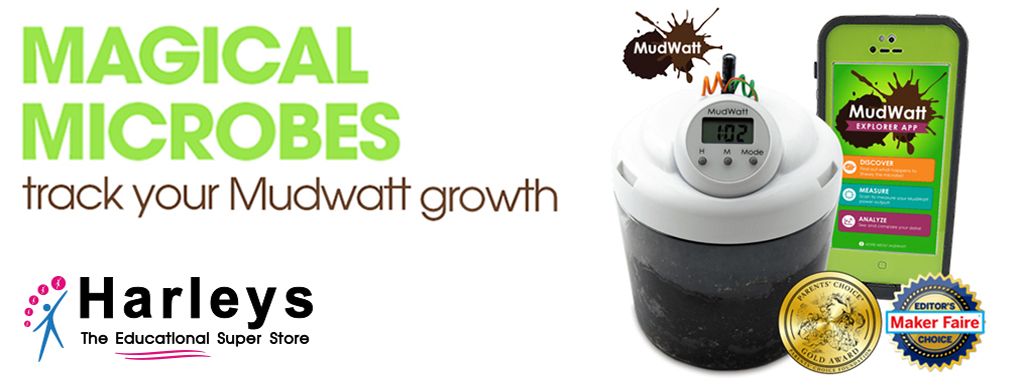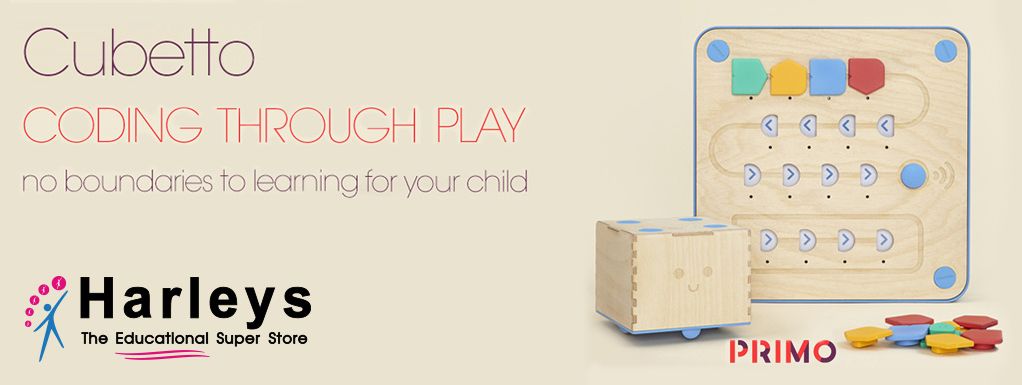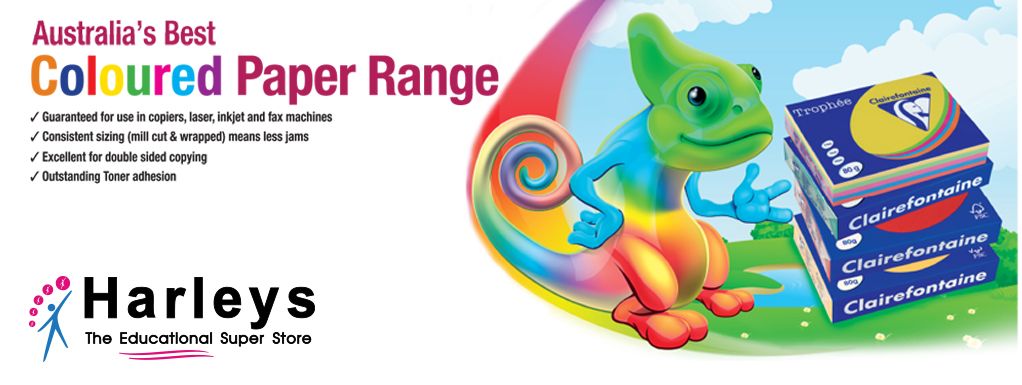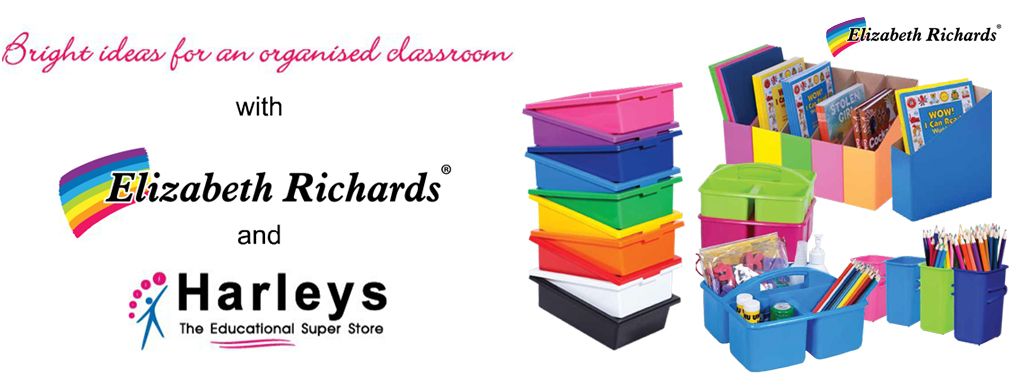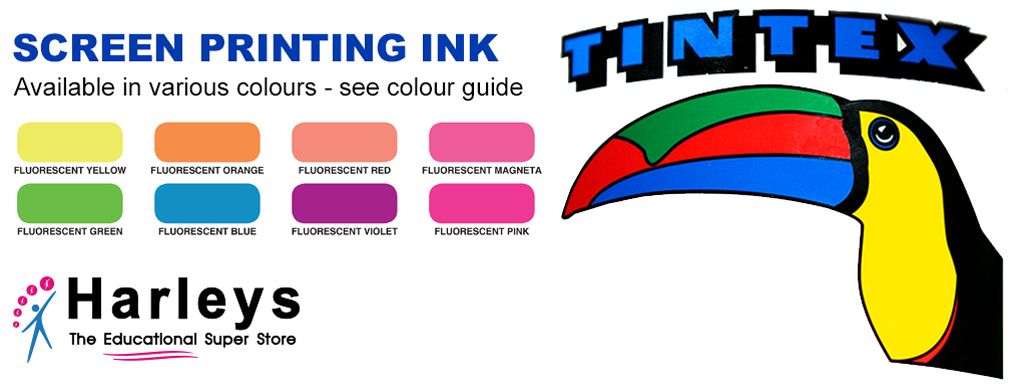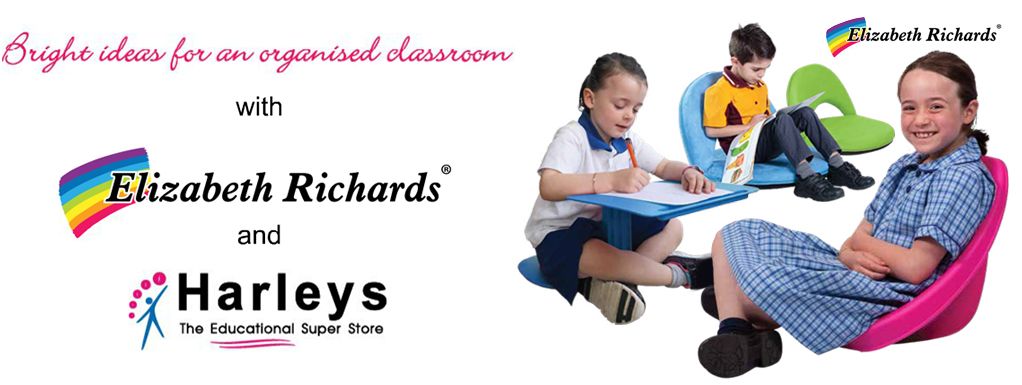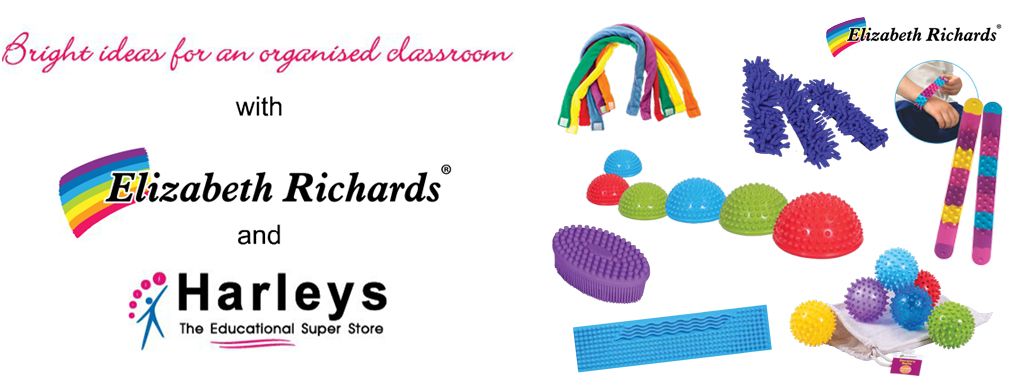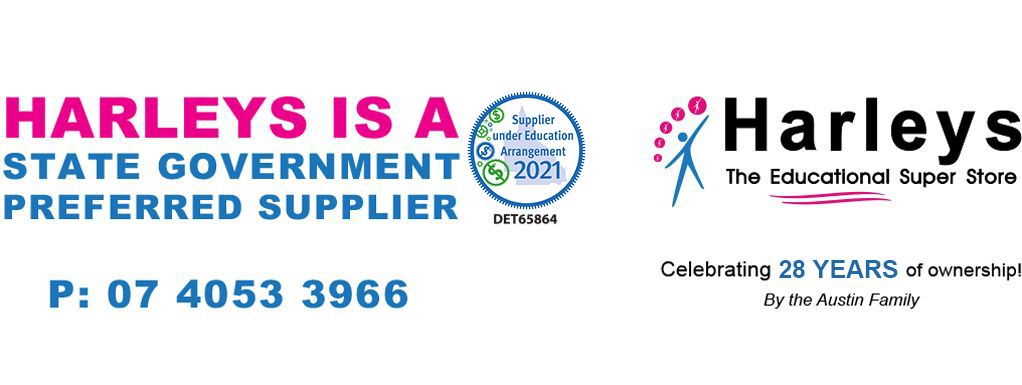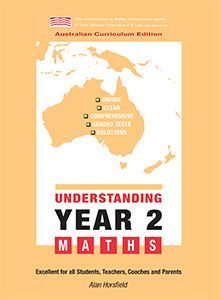In stock now!
This book generally follows the basic format of the Australian Curriculum Mathematics, which provides that by the end of Year 2, students should be able to do the following:
Recognise increasing and decreasing number sequences involving 2’s, 3’s and 5’s.
Represent multiplication and division by grouping into sets.
Associate collections of Australian coins with their value.
Identify the missing element in a number sequence.
Recognise the features of three-dimensional objects.
Interpret simple maps of familiar locations.
Explain the effects of one-step transformations.
Make sense of collected information.
Count to and from 1 000.
Perform simple addition and subtraction calculations using a range of strategies.
Divide collections of objects into halves, quarters and eighths.
Order shapes and objects using informal units.
Tell the time to the quarter hour.
Use a calendar to identify the date and the months included in the seasons.
Draw two-dimensional shapes.
Describe outcomes for everyday events.
Collect data from relevant questions to create lists, tables and picture graphs.
Understanding, Fluency, Problem Solving and Reasoning are a central part of Mathematics content across the three major strands (Number and Algebra, Measurement and Geometry, and Statistics and Probability). These are generally treated as individual chapters. Because the Number and Algebra sub-strand is quite extensive, it has been broken up into several parts for convenience, so as not to present the child with a daunting amount of information to access in one chapter. At the end of each chapter there is a series of tests, generally ranging through:
EASIER
AVERAGE
DIFFICULT
EXTENSION.
There will be differences from school to school, as teachers tend to select topics in varying sequences. Some students may be involved in accelerated promotion, enrichment or remedial activities. Completing a chapter involves careful marking of answers from the solutions given at the end of the book. If a student gets any answer wrong, then it is very important to find out why they were wrong before moving onto the next level.
In some instances it is difficult to test young children with pencil and paper tests, such as with 3D shapes. Suggestions have been made for practical evaluation strategies. These will include such activities as estimating in the Measurement strand, recognising shapes and reading the time. Even in the Number and Algebra strand, practical testing can be more appropriate, e.g. half fill this glass, share these Smarties between the members of a family. Many students will find that they can do much of the work in a particular strand before the end of Year 1. There are a number of avenues to follow:
Make sure the child understands all the other strands in this text.
After a period of time, say 3 or 4 weeks, do the test again to see that the information has been retained.
Go to work in the next book in this series. This will require careful monitoring.
About the Exercises
At the end of each sub-strand (or part of a sub-strand) there are usually six exercise pages. These exercises are carefully graded in accordance with the Year 2 Curriculum content and are laid out as follows:
Two pages of EASIER questions.
Two pages of AVERAGE questions.
One page of DIFFICULT questions.
One page of EXTENSION questions
All the question pages have very thorough full-page solutions at the end of the book. This book contains some revision of Year 1 Maths. It contains more written exercises especially in the Number and Algebra strand.

